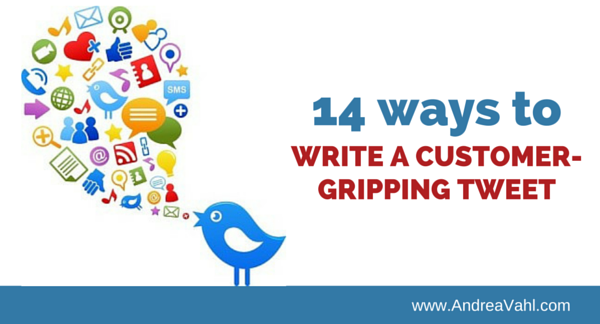

by Konrad Sanders
Twitter is a powerful marketing tool.
You know it. I know it. That old dude on the park bench even knows it.
But whether we entrepreneurs and marketers are using Twitter to its fullest (and mightiest) potential – is questionable.
- Do your tweets instantly grip the attention of those that lay eyes on them?
- Or are they being swallowed by that fast-flowing river of marketing messages?
- What percentage of your followers actually click the links you want them to?
These are questions we should all be asking ourselves – instead of mindlessly tweeting away, oblivious of the results. After all, none of us want to waste our efforts on an ineffective and time-consuming social media strategy, do we?
So here lies the big question…
In an ocean of tweets, how can you make a giant splash?
Luckily, this is exactly what you’re about to discover.
But before you get to feast your eyes on these never-revealed-before tweeting tips – you must know these 3 important things:
- These tips only apply to the kind of tweets you want to entice with. The ones with links that you want people to click – to your blog posts or landing pages. The persuasive marketing tweets.
But of course Twitter is also about strengthening relationships with customers, building relationships with influencers and establishing yourself as one of the big cheeses in your field. It’s also about bringing your brand’s personality to life in real time. So don’t forget to tweet about your day. Or about yesterday’s event. Or curate content from awesome influencers (like Andrea Vahl) in your niche.
- Please don’t follow these rules religiously…I’m just a creative copywriter – not a Twitter God. Everyone’s audience is different, so mix and match these methods and see what works for you. If you find a powerful formula, jot it down and use it again. And again. (And again).
- Many of the copywriting techniques you’re about to discover can also be applied to blog/article headlines and even email subject lines too. Because they all pretty much serve the same purpose — intrigue that reader SO DARN MUCH, they simply have to gobble up the rest of your content!
All clear? Let’s get to the juicy stuff then:
#1: Keep ‘em Short & Sugary

I know what you’re thinking – Tweets have to be so darn short already!
And that’s why most twitter users feel the need to pack their 140 characters right to the bitter end – with abbreviations included.
Avoid this as much as possible. Abbreviations look messy and are hard to read.
Your tweets don’t always have to be super short. But if you manage to get the same message across, and raise the same level of curiosity – with a shorter tweet – then your message will stand out like a pixie among giants. It will get noticed.
PS. Always shorten your links.
PPS. Shorter tweets also allow for more retweets with added comments.
PPPS. According to our copyblogger pals, 8 words or less is your target length.
Examples
(imagine reading these little gems amidst a wall of lengthy, overcrowded marketing messages)
Unbelievable stupidity: [short link]
Secret to Happiness — [short link]
How Strange! [short link]
Pick one — [short link]
Ghosts, Demons & Simon Kowell: [short link]
#2: Round Up Your Audience

This technique can be used for tweets and headlines alike. It’s a way of ‘calling in’ your target audience – and catching the eye of the exact crowd you want to target.
If you’re selling a new book for travellers, for example, you might begin your tweet with “Attention, travellers!” It’s a simple, effective technique. Try it.
Examples
Londoners! Have You SEEN These New Transport Costs? [short link]
Balding? Read About This Breakthrough Formula Immediately — [short link]
Entrepreneurs! Learn from Richard Branson’s Mistakes: [short link]
January Blues? These Will Cheer You Up! [short link]
#3: Make ‘em Newsworthy

People eat up news like greasy food on a hangover. They can’t get enough of it.
Make your content, product or service sound newsworthy and you’ll definitely grab some attention.
Opening words like ‘At Last!’ ‘Announcing!’ ‘New!’ ‘Finally!’ and ‘Introducing –’ will give your tweets that news-like enthusiasm.
And try throwing these in the mix too: ‘breakthrough’, ‘revolutionary’ and ‘record breaking’. They suggest that your product, service or blog content is a cut above your competitors’. So much so that it’s made front page breaking news!
Examples:
At Last! Major Breakthrough in Car Safety — [short link]
Finally – Revolutionary Copywriting Formula Revealed! [short link]
Announcing! Branson’s 7 Secrets to Success: [short link]
New! These Pets Talk Back – [short link]
#4: Show Your Excitement with a ‘Wow’!

If you’re pitching to a younger crowd, the opening words I just covered might seem a little dated. A little old school.
So why not try some other enthusiastic expressions?
Have a think. If you heard some truly fab-tastic news right now, what joyful words might come flying out your mouth (or the mouths of your target audience)?
Examples:
OMG! The BEST #SocialMedia Tip Ever — [short link]
Wowzers! Are You Making These Awful #Fashion Blunders? [short link]
Hot Damn! These New Android Apps Kick Serious Butt — [short link]
Yes! He Made It — [short link]
BOOM! A Thousand Hits in 2 Days and I Hardly Lifted a Finger — [short link]
#5: Ask an Intriguing Question

Questions are hypnotic by nature. Because you involve the reader, rather than just shoving a statement in their face.
They can be used to round up your audience, like in #2. For example:
Are You Suffering from Severe Back Ache? Read This Immediately – [short link]
But in general, if you can, try to steer clear of questions which allow an easy ‘yes’ or ‘no’ on-the-spot answer. A nod of agreement, doesn’t mean your follower will click that all-important link. They might just agree, nod, say ‘yes, I am suffering from back ache’ and then keep on skimming.
The most powerful questions are the super intriguing ones which your followers can only answer by clicking the link (like the example from hypnotic copywriting God, Joe Vitale, in the image above). Use words like ‘these’, ‘this’ and ‘why’ to tease your readers and lure them towards that fascinating content you’ve written.
Examples:
Are You Making These Mistakes in English? [short link]
Are You Ready? [short link]
[Read This] How Many Marketers Does it Take to Fix a Light Bulb? [short link]
Will this help you achieve your goals? [short link]
Who wants all of this – for free? [short link]
#6 Use ‘This’, ‘These’ & ‘Why’

Yep. These curiosity-generating words also work for non-question tweets too. And they work very well indeed.
Use them!
Examples
The Origin of the 8 Hour Work Day and Why We Should Rethink It — [short link]
Why You Need to Quit WordPress IMMEDIATELY — [short link]
These Websites are Just Painful — [short link]
Do This or Die! [short link]
#7: Feed Their Hunger to Learn

You’ve probably seen ‘how to’, ’10 tips’ , ’21 ways’ and ‘3 Easy Steps’-kinda headlines all over the shop. And I’m sure you’ve started a good handful of your blog posts in these ways too.
Why? Because they work.
Most of us internet-surfing-folk are eager to learn stuff. We’re looking for the best free information we can get our hands on. To educate ourselves. To grow that fountain of knowledge in our ever-expanding noggins. Or something like that.
So feed your followers’ hunger to learn.
Note: If you’re telling your audience how to do something awesome, it’s even more powerful if you tell them how easily they can do it with your methods, or how incredibly fast it will take.
Examples:
How to Become a Badass #Copywriter in 10 Days or Less — [short link]
6 Simple Steps to a Healthy, Happy Lifestyle: [short link]
[Read This] The Beginner’s Guide to Fishing — [short link]
33 Bite-sized Tips to Make You a Better in Bed! [short link]
#8: EVERYBODY Loves Trends

When I first started out my work life as a cocky young face-to-face salesman (terrorising the malls of Sydney with my London charm), they called this The Jones Theory.
The idea of the Jones Theory is that everybody loves trends. Everybody wants to do and have what everybody else does and has. If a million people say a product is fabulous, then it must be fabulous. Right?
Ever had a door-to-door charity worker tell you that your neighbour ‘John’ has just come on board with them? Yep. They were using The Jones Theory.
It’s why testimonials on websites are so darn powerful. And it’s a persuasive copywriting technique you can throw into blog headlines, email subject lines and customer-gripping tweets.
Try using the word ‘everybody’ or the opening ‘who else…’ to make this law work for you.
Examples
Who Else LOVES These Unique #Tattoo Designs? [short link]
Why Everybody Knows that Twitter Kicks Google+’s Ass – [short link]
5 Million People Have Read This and Cried! [short link]
#9: Create a Sense of Urgency

While we’re on the subject of powerful, persuasive sales techniques, let’s not forget about this little beauty…
As well as throwing in the word ‘everybody’ into my sales pitches back in Oz, we were also taught to slip in ‘today’ and ‘now’ as much as poss.
When a person feels the pressure to do or buy something immediately, they are much more likely to go through with it. Give them time to ponder and they’ll come up with reasons why not to. Doubts will creep into their mind like dark grey evil mist.
That’s why limited time offers work so well. And phrases like ‘now’, ‘today’ , ‘immediately’, ‘last chance!’ and ‘only 5 left in stock!’.
Examples
Last chance! Win This Awesome Free Ipad Today — [short link]
Quick! Read This Now If You’re in Serious Debt — [short link]
Only 10 Spots Left for This FREE Google+ Seminar — [short link]
#10: Use the word ‘Wanted’

This is one of my personal faves.
Possibly because it reminds me of those ‘Wanted’ posters that lawmen would pin up outside saloons while on the hunt for outlawed cowboys back in the Wild West. (And I love cowboys). But also because it’s a playful, attention-gripping way to arouse curiosity.
Request your target audience with a ‘wanted’ tweet and you’ll be sure to turn some eyeballs. You can also get pretty creative with these ones.
Examples
Wanted – Anxious People: [short link]
Wanted – Freelance Copywriters Ready for Serious Income [short link]
WANTED – Procrastinators: [short link]
Wanted – Clueless #Bloggers in Need [short link]
Wanted – #Coffee Addicts [short link]
#11: Give Your Readers a Big Fat Warning!

Yes. Warnings are scary. And they promise us useful, danger-avoiding lessons. Which means they’re extremely enticing.
Examples:
Warning: Are Your Children Using These Smartphone Apps? [short link]
WARNING to Avid #Twitter Users! [short link]
[Must-Read] London Networkers Be Warned! [short link]
DANGER – Avoid These Business Blunders at All Costs: [short link]
#12: Give Reasons.

Giving reasons has the same enticing effect as using the word ‘why’, as mentioned in #6. To discover those exciting answers, your follower HAS TO click the link. They have no choice.
Examples:
7 Reasons to Use THIS Creative Copywriting Service: [short link]
12 Reasons Why You Should Quit Blogging Today — [short link]
33 Reasons to Use Pinterest in Your Marketing Strategy — [short link]
#13: Use I and Me Tweets

Hang on. Don’t copywriters always bang on about you, you, you?
Yes we do. But a first person headline can also be a powerful one, if you generate enough curiosity. It can actually be a refreshing change from all the ‘you’-packed sales messages your followers get swamped with, and can come across as honest and personal.
Allow me to demonstrate…
Examples:
How I Got 10,000 #Twitter Followers in Less Than 6 Months — [short link]
I Finally Discovered the Secret to Writing Great Novels — [short link]
Hot Damn! Oprah Just Taught Me 5 Invaluable Life Lessons — [short link]
#14: Use Proven Copywriting Power Words

There are proven clichés which you’ll see all over the marketing and advertising world. Words and phrases which naturally evoke excitement in the reader. Many of these are as potent today as they were in the golden days of advertising, 70 years ago.
But because they’ve been used so often, make sure you don’t go overboard.
Don’t be over-salesy.
Use them with tact, creativity and a unique twist – and your followers won’t be able to resist! They’ll be like putty in your hands.
Here’s just a few of those hypnotic words and phrases which have been proven to work time and time again (you can see a longer list of copywriting power words on my blog here).
Examples
Just Arrived
Advice to…
The Truth About…
Free
Easy
Suddenly
Secret
Quick
New
Last Chance
Hurry
Amazing
Discover
Imagine
3 Extra Bonus Tips (because you’re special)
1. There’s a lot of debate over the use of hashtags. Some content marketers say you should throw in a load of them at the end of every tweet.
I disagree.
To me, that looks messy and salesy – and I’m less likely to notice and pay attention to such a tweet among the masses, and hence less likely to click on the link.
Use hashtags subtly within the body of the tweet itself, or perhaps throw one in at the end. If you already have a boatload of followers, then you can afford to use hashtags less – and convert more.
2. Don’t ever write tweets or headlines using only capital letters. It’s much harder to read and frankly, quite annoying. But throw in a capitalized word here and there for some EXTRA EMPHASIS – and you might snatch some attention. Did you notice me doing this with some of the previous examples?
3. Writing customer-gripping tweets is an art. And by now, you should be a bit of an artist.
But if you want experienced, professional, creative copywriters to take this tweeting business off your hands – and make sure your business is constantly converting followers – then get in touch. I’m happy to help J
What Do YOU Think?
Which of these persuasive tweeting styles do YOU find especially compelling? What techniques have worked best for you? Have you read any tweets that you just found irresistible?
Please comment and ask questions below. I’m here to chat.
Cheers,
Konrad
| Konrad Sanders is an SEO and sales-savvy copywriter with a pretty darn creative noggin on his shoulders. He has a team of word-slinging cowboys who go by the name of The Creative Copywriter. Follow him on Twitter. |

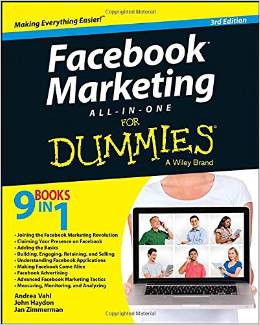
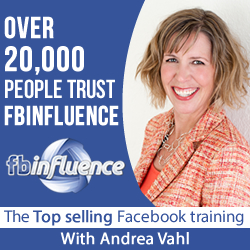

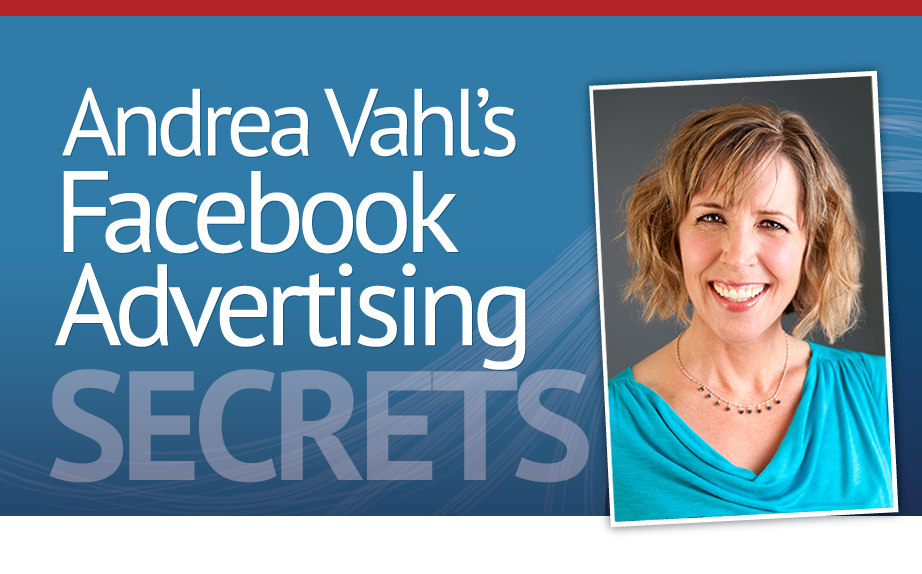
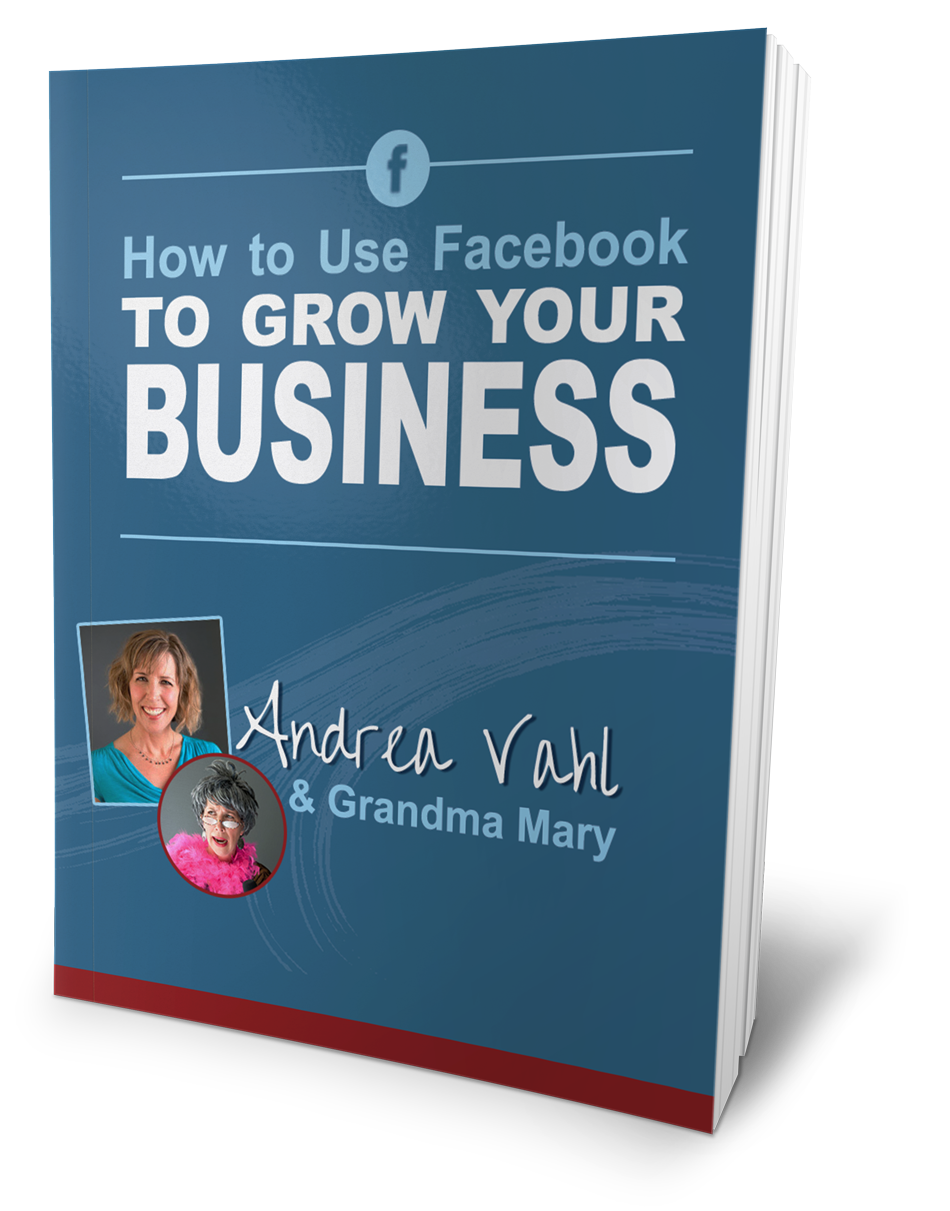




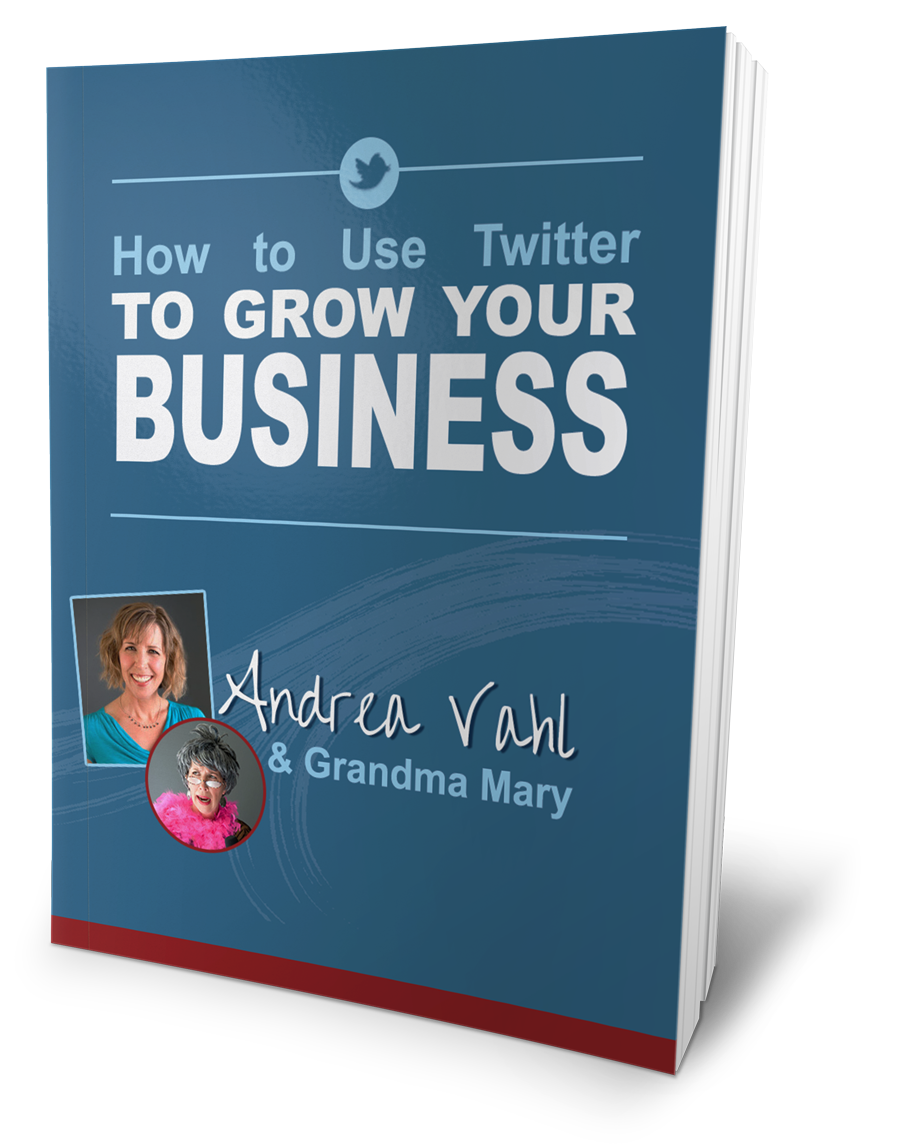












Great article Konrad. Thanks!
My pleasure. Hope it’s helpful!
Excellent points, Konrad! My favs are #5 and #7, but all are extremely useful for grabbing a bit more than your fair share of attention on Twitter–no easy feat!
Thanks for creating a nice “cheat sheet” for us to work off of.
What a fantastic article. Loved it. I totally agree with the over use of hashtags. Thanks for the great info Konrad.
EXCELLENT tips! Thanks Konrad, I’m going to try some of these.
Glad to be of assistance, you guys!
Well done, sir. I’m partial to Twitter for the simple reason that it allows us copywriters to parade our headline-writing skills so well: bring curiosity and benefit to the reader and you’re on your way!
Bless you, Konrad. You just saved this copywriter from pulling her hair out. These are going in my swipe file!